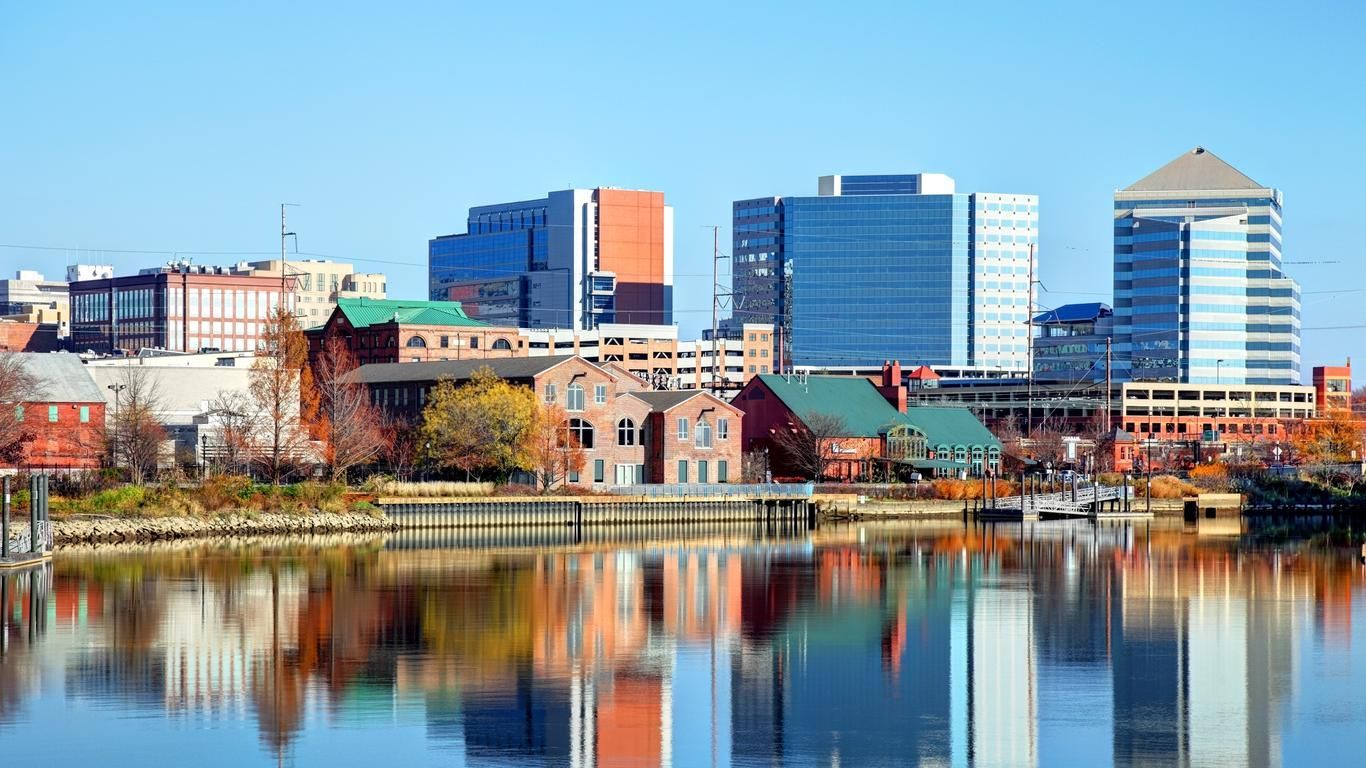Wilmington, Delaware: A City of History, Industry, and Innovation

Wilmington, Delaware: A City of History, Industry, and Innovation
Nestled along the banks of the Delaware River, Wilmington is more than just the largest city in the state of Delaware—it is a place where history, commerce, and culture have intersected for centuries. From its colonial roots to its modern-day significance, Wilmington has played a crucial role in shaping both state and national history.
Colonial Beginnings and Early Settlement
Wilmington’s history dates back to 1638, when Swedish settlers established Fort Christina, the first permanent European settlement in the Delaware Valley. The area, originally home to the Lenape people, soon became a hub of trade and agriculture. Control of the settlement changed hands multiple times—first to the Dutch in 1655, then to the British in 1664, marking the city’s early role in the international struggle for colonial dominance.
By the early 18th century, Wilmington had grown into a thriving port town, benefiting from its strategic location along the Christina and Brandywine Rivers. The city’s name, given in 1739, honored Spencer Compton, the Earl of Wilmington, a British statesman. As the American colonies moved toward revolution, Wilmington became a hotbed of revolutionary sentiment, contributing soldiers, supplies, and leadership to the cause.
Wilmington’s Role in the American Revolution and Early Industry
During the American Revolution, Wilmington’s industries were crucial in supplying gunpowder, ironworks, and ships to the war effort. The Brandywine River became home to some of the first industrial mills in the country, setting the stage for Wilmington’s future as a manufacturing powerhouse.
One of the most pivotal figures in Wilmington’s early industrial success was Eleuthère Irénée du Pont, a French immigrant who established E.I. du Pont de Nemours and Company in 1802. What began as a gunpowder mill along the Brandywine River grew into one of the most influential chemical companies in the world, playing a critical role in the advancement of military, industrial, and scientific innovation. The DuPont family's influence on Wilmington extended beyond industry, shaping its cultural and social development.
The Civil War and Wilmington’s Industrial Boom
By the time of the Civil War (1861–1865), Wilmington had solidified itself as a center for shipbuilding, iron production, and munitions manufacturing. The city was a major supplier to the Union Army, producing everything from ships and railroad cars to firearms and gunpowder. This industrial boom led to a population surge, as workers and entrepreneurs flocked to Wilmington for economic opportunities.
Wilmington also played a role in the fight for civil rights and abolition. Though Delaware was a border state that permitted slavery, many Wilmington residents, particularly Quakers and free Black communities, were active in the Underground Railroad, helping enslaved individuals escape to freedom in the North. The city’s location made it a critical passage point for those seeking a new life beyond the Mason-Dixon Line.
20th Century: Wilmington as a Financial and Manufacturing Hub
As the 20th century unfolded, Wilmington continued to grow as a manufacturing and financial center. Companies like DuPont, General Motors, and Hercules Inc. expanded their operations, bringing new jobs and technological advancements to the region. Wilmington’s railroad and banking industries also flourished, making it a crucial financial hub in the Mid-Atlantic.
However, the city also faced challenges. The 1960s brought significant civil unrest, particularly following the assassination of Dr. Martin Luther King Jr. in 1968. Wilmington experienced one of the longest military occupations of any U.S. city during that period, as National Guard troops were deployed for over nine months. Despite these challenges, the city rebounded and continued its economic and cultural growth.
Modern Wilmington: A City of Commerce, Culture, and Revitalization
Today, Wilmington is known for its business-friendly environment, particularly in the financial and legal sectors. Thanks to Delaware’s corporate-friendly laws, Wilmington has become home to thousands of businesses, including major credit card companies, law firms, and financial institutions.
Beyond business, Wilmington has experienced a cultural and economic revitalization. The Riverfront District, once an area dominated by industrial sites, has been transformed into a vibrant area filled with restaurants, shops, museums, and entertainment venues. Attractions like the Delaware Contemporary, the Delaware Theatre Company, and the Christina Riverwalk have made Wilmington a cultural destination.
The city’s rich African American heritage is also celebrated at places like the Delaware History Museum and Mitchell Center for African American Heritage, which highlight the contributions of Black Wilmingtonians throughout history.
Wilmington’s Lasting Legacy
From its humble colonial beginnings to its status as a financial and cultural hub, Wilmington has been at the crossroads of American history for over 300 years. It has weathered wars, economic shifts, and social change, emerging stronger and more dynamic with each chapter.
As Wilmington continues to evolve, its historical significance, economic strength, and commitment to cultural preservation ensure that it will remain a key player in Delaware’s and the nation’s future. Whether through business, history, or community engagement, Wilmington stands as a testament to resilience, innovation, and progress.
Conclusion
Wilmington, Delaware, is more than just a city—it’s a living story of American history. Whether you’re walking its historic streets, exploring its thriving arts scene, or witnessing its continued growth, Wilmington offers a glimpse into the past while embracing the future. With its strong sense of identity, deep cultural roots, and economic prowess, Wilmington continues to be a city of opportunity, innovation, and enduring legacy.
